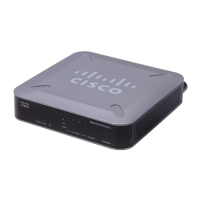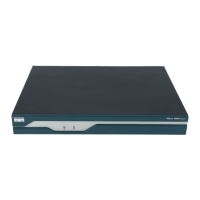Configuring IPv4/IPv6 Stateless Translator (XLAT)
These are the sequence of steps for XLAT configuration:
1
Divert the IPv4 traffic to the IPv4 ServiceApp.
2
Divert the IPv6 traffic to the IPv6 ServiceApp.
3
Configure one CGN instance per CGSE.
4
Configure multiple XLAT instances per CGN instance.
5
Configure IPv4 and IPv6 Service Apps.
6
Configure CGN instance.
7
Configure XLAT instances.
8
Associate IPv4 and IPv6 ServiceApps to XLAT instance.
XLAT ServiceApp Configuration
1
IPv4 ServiceApp
• Configure Traffic Type – nat64_stless
•
Configure IPv4 address
•
Configure static route to divert specific IPv4 subnets (corresponding to IPv6 hosts) to the IPv4
ServiceApp
conf t
int ServiceApp4
service cgn cgn1 service-type nat64 stateless
ipv4 add 2.0.0.1/24
commit
exit
router static
address-family ipv4 unicast
136.136.136.0/24 ServiceApp4 2.0.0.2
commit
exit
end
2
IPv6 ServiceApp
• Configure Type – nat64_stless
•
Configure IPv6 address
•
Configure static route to divert IPv6 traffic corresponding to XLAT prefix to the IPv6 ServiceApp
conf t
int serviceApp6
service cgn cgn1service-type nat64 stateless
ipv6 address 2001:db8:fe00::1/40
commit
exit
router static
address-family ipv6 unicast
2001:db8:ff00::/40 ServiceApp6 2001:db8:fe00::2
Cisco IOS XR Carrier Grade NAT Configuration Guide for the Cisco CRS Router, Release 5.2.x
OL-32659-01 69
Implementing Carrier Grade NAT on Cisco IOS XR Software
Configuring IPv4/IPv6 Stateless Translator (XLAT)

